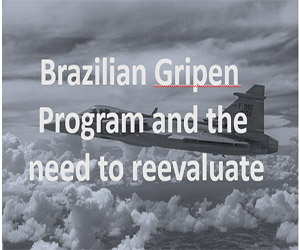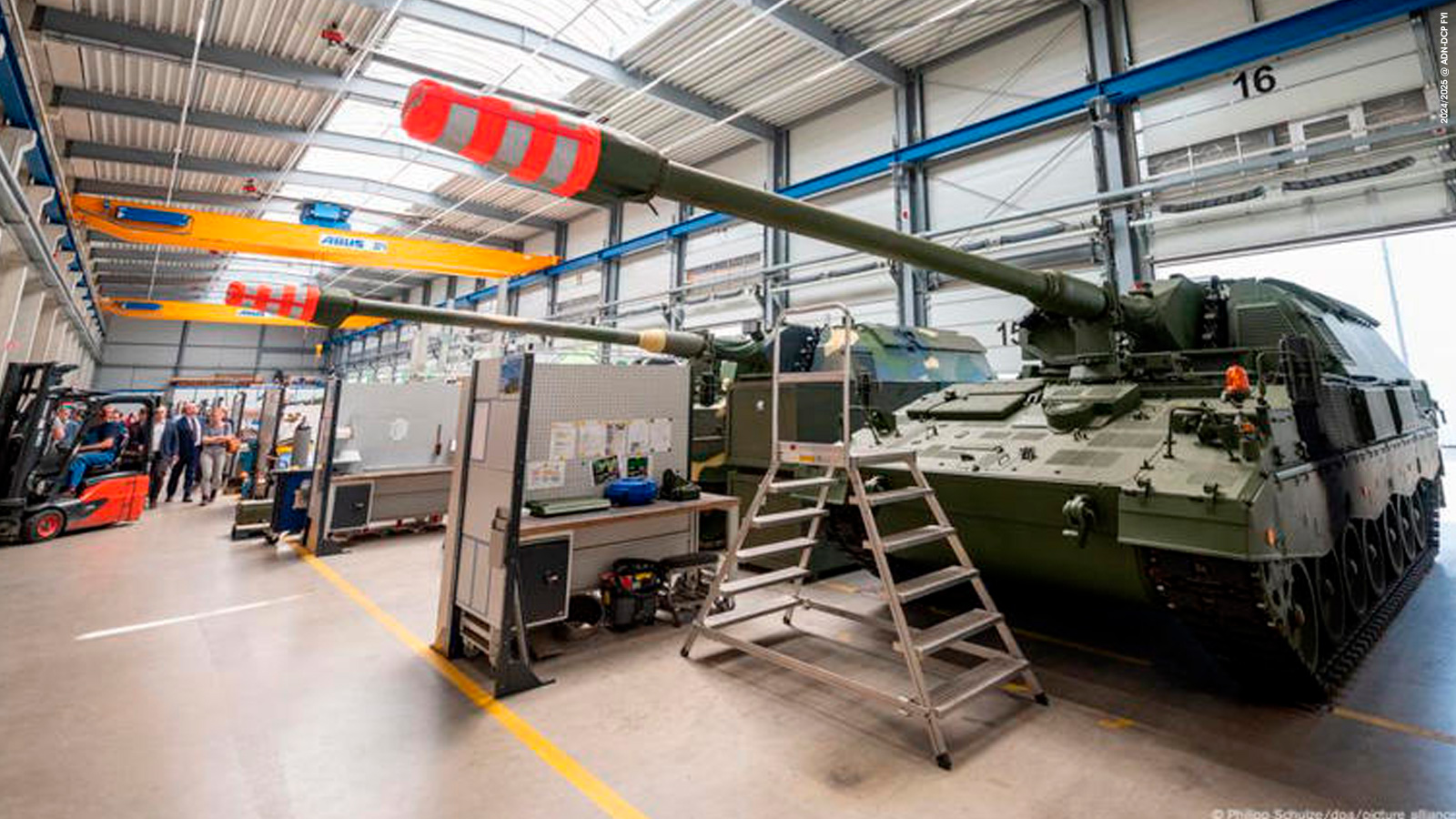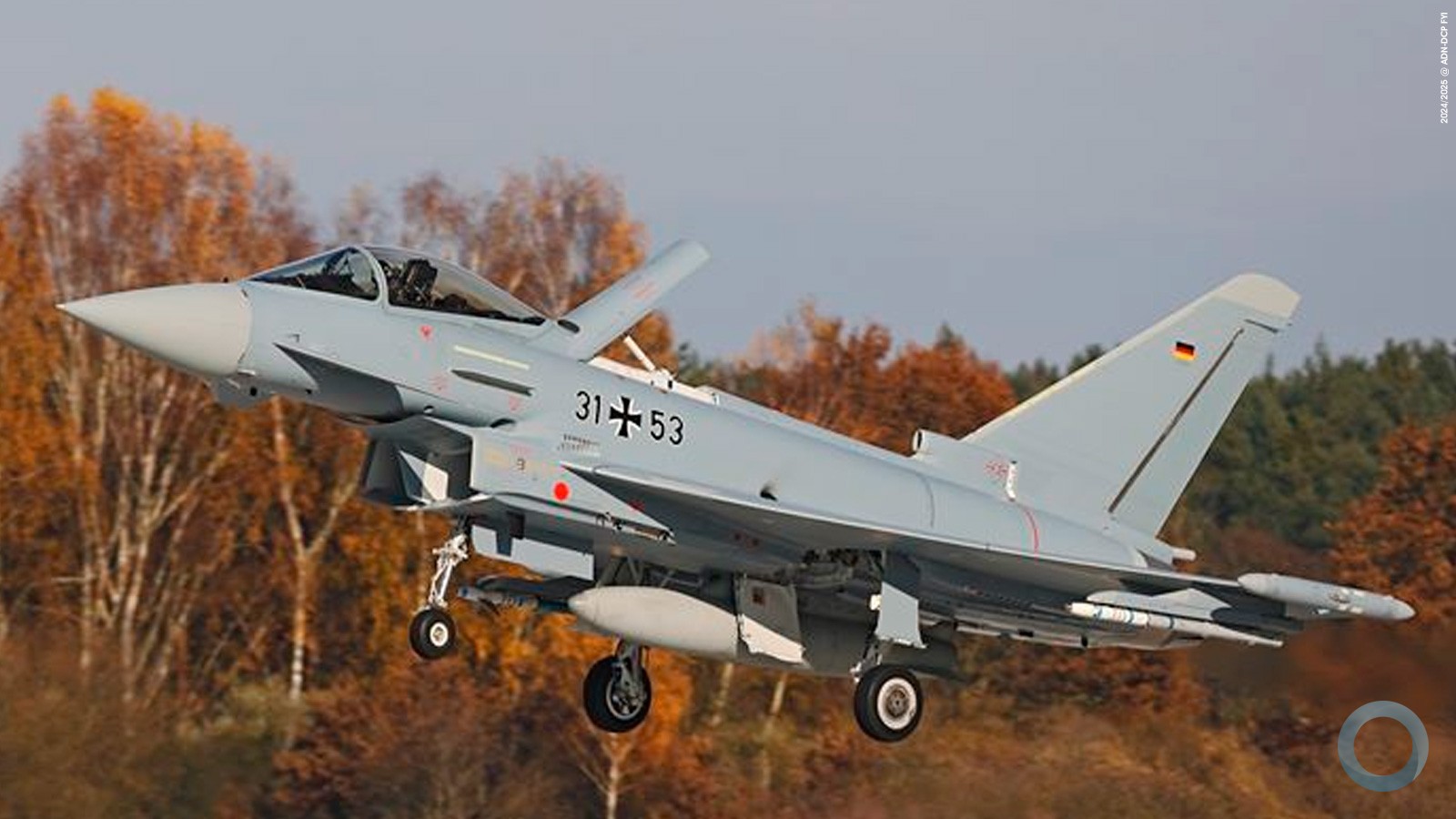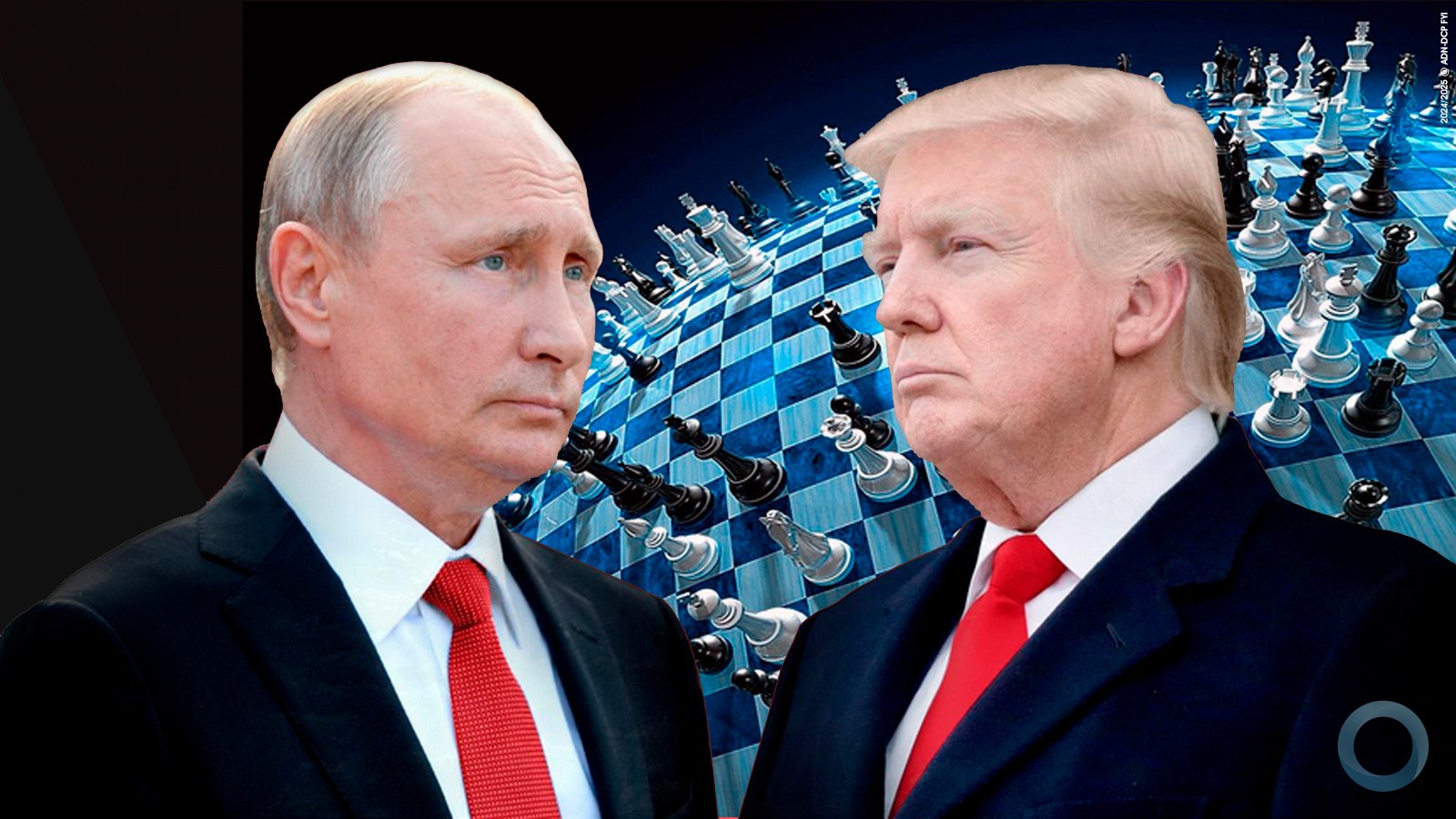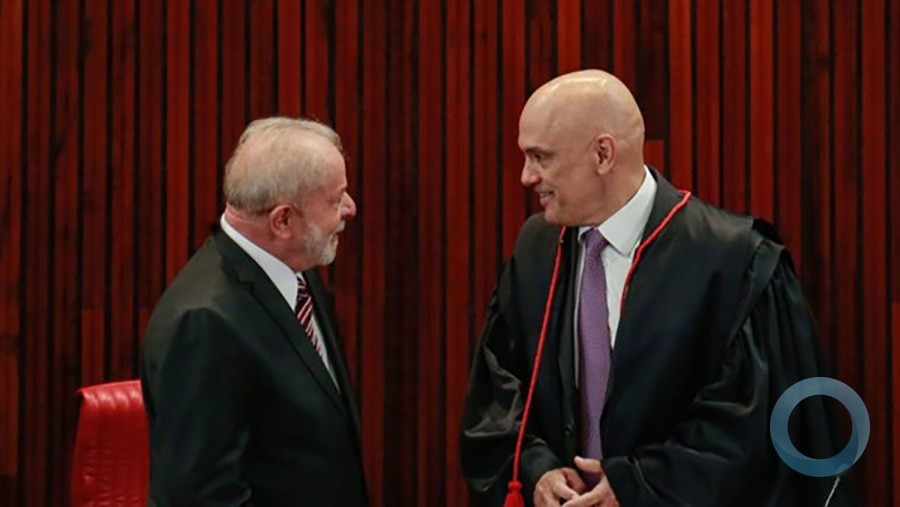In the last decade, some of the most important military forces and coalitions in the world, including the North Atlantic Treaty Organization (NATO), have attempted to address and counter so-called hybrid threats. Rather than develop strategies based on ‘hybrid’ challenges (an elusive and catch-all term), I believe decision-makers should stay away from it and consider warfare for what it has always been: a complex set of interconnected threats and forceful means waged to further political motives.
The term ‘hybrid warfare’ appeared at least as early as 2005 and was subsequently used to describe the strategy used by the Hezbollah in the 2006 Lebanon War. Since then, the term “hybrid” has dominated much of the discussion about modern and future warfare, to the point where it has been adopted by senior military leaders and promoted as a basis for modern military strategies.
The gist of the debate is that modern adversaries make use of conventional/unconventional, regular/irregular, overt/covert means, and exploit all the dimensions of war to combat the Western superiority in conventional warfare. Hybrid threats exploit the “full-spectrum” of modern warfare; they are not restricted to conventional means.
"In practice, any threat can be hybrid as long as it is not limited to a single form and dimension of warfare. When any threat or use of force is defined as hybrid, the term loses its value and causes confusion instead of clarifying the “reality” of modern warfare."
There is no discussion that adversaries, past and present, have developed creative uses of the “full-spectrum” of warfare, including the use of regular and irregular tactics across all dimensions of war. Altogether this may well form a hybrid set of threats and strategy, but it is not clear why the term “hybrid” should be used, beside its mere descriptive value.
In practice, any threat can be hybrid as long as it is not limited to a single form and dimension of warfare. When any threat or use of force is defined as hybrid, the term loses its value and causes confusion instead of clarifying the “reality” of modern warfare.
Another issue with everything “hybrid” is that the use of a new term suggests there is something new about modern warfare – while this may not be the case. In his seminal book on Future Warfare, renowned military strategist Colin Gray convincingly argues that future, and by extension modern, warfare is essentially more of the same.
Most, if not all, conflicts in the history of mankind have been defined by the use of asymmetries that exploit an opponent’s weaknesses, thus leading to complex situations involving regular/irregular and conventional/unconventional tactics. Similarly, the rise of cyber warfare has not fundamentally changed the nature of warfare, but expanded its use in a new dimension.
At a recent event sponsored by NATO and organized by the Atlantic Council, attendees were told that “there is no agreed definition of terms related to hybrid warfare.” In other words, the 28 members of the North Atlantic Alliance cannot agree on a clear definition of what they are facing. How can NATO leaders expect to develop an effective military strategy if they cannot define what they believe is the threat of the day?
So my recommendation is that NATO, and other Western decision-makers, should forget about everything “hybrid” and focus on the specificity and the interconnectedness of the threats they face. Warfare, whether it be ancient or modern, hybrid or not, is always complex and can hardly be subsumed into a single adjective. Any effective strategy should take this complex environment into account and find ways to navigate it without oversimplifying.
See the in portuguese the Essay:
GUERRA HÍBRIDA – Breve Ensaio Researcher Frederico Aranha Link















